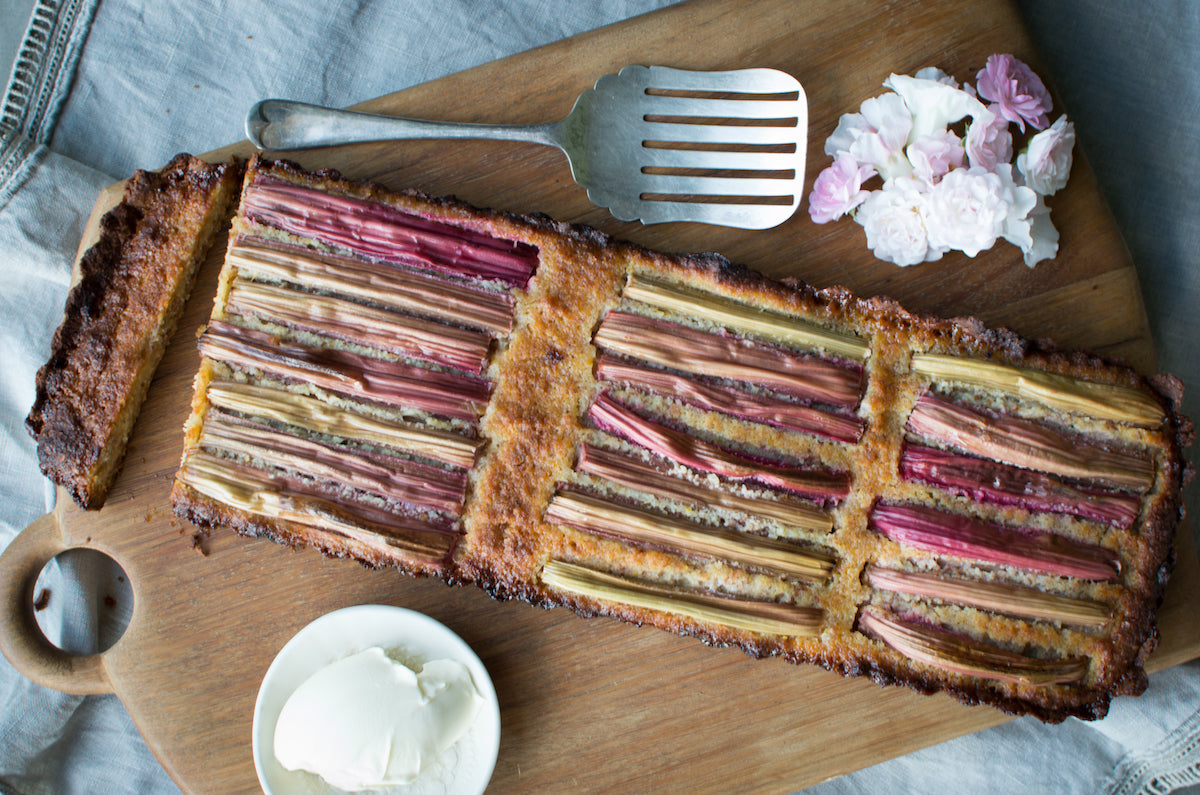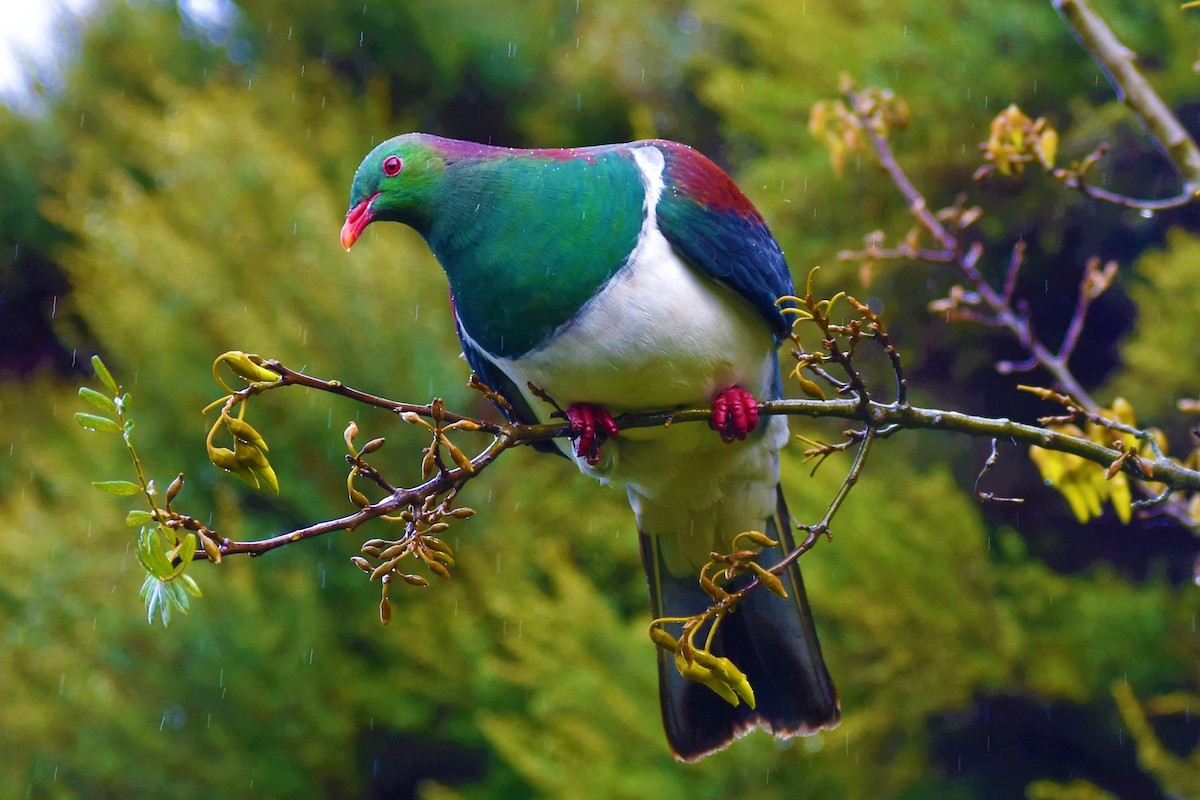It seems the truly wild places on earth are shrinking, and with this, many species are diminishing too. But we can play our part in restoring their numbers by creating a habitat for these species right in our own backyards.
If you live in New Zealand, here are a few handy tips to help you roll out the welcome mat for our native and beneficial creatures like bees, butterflies, birds, bugs… and even bats and lizards (if you’re lucky).
Bees
When it comes to creating a bee-friendly garden, flowers that produce pollen and nectar will naturally attract bumblebees and honeybees. Bees are easy to please, if you follow these three rules:
- Grow flowers: Borage, Foxgloves, Marigolds, Salvias, Sunflowers (bees can’t really see red, but love blue, purple, violet, yellow, orange and white).
- Plant trees, climbers and bushes: Hebe, Lavender, Pineapple Sage, Wisteria
- Nurture natives: New Zealand Jasmine, Harakeke, Pohutukawa, Mānuka, Rewarewa, Lemonwood
To make your garden irresistible to honeybees, plant flowers in clusters of the same species and look for single flowers with flat and open shapes that are easy for bees to get into. Check out Trees for Bees for more suggestions.
Bugs
Apart from being wonderful critters in their own right, insects and spiders are also food for many of the other creatures in this list. There are plenty of beneficial bugs you can welcome into your backyard. Earthworms aerate the soil, process organic matter, and make nutrients bioavailable to plants. To make a cosy home for worms, leave leaf litter to gather on top of the soil, or add a little mulch to the surface. Water evenly to keep the soil moist, but not waterlogged.
Butterflies are great pollinators and beautiful to watch. Red and black Monarchs lay their eggs on Swan Plants – kids will love watching their caterpillars develop into pupae before metamorphosing into butterflies again. (Swan Plants are toxic if eaten so take care with young kids around them.) Try to plant nectar sources like Hebe, Salvia, Marigold, Echinacea to give the adult butterflies a floral feast.
Spiders don’t need much encouragement to move in, other than being left alone. Their webs will do a great job of keeping the backyard bug population steady. And they themselves are a source of food for birds like Piwakawaka (Fantail), as are the moths, mozzies and other insects that they catch. It’s the circle of life in action!
Birds
A welcoming garden can help birds move between New Zealand’s shrinking native bush and wetland areas. For a year round supply of food, try planting Kōwhai, Harakeke, Hebe and Tarata for nectar; and Karamū, or Korokia for fruit. Puriri offers various food sources for birds throughout the year including Kereru. But beware, these trees grow big – so are best kept for large or country gardens. For smaller gardens, containers can be a great alternative to planting in the ground for many small trees and shrubs. Try not to plant too close to the house – reflections in windows can confuse birds and make them crash.
Piwakawaka, Silvereye and Grey Warbler like to nosh on bugs and spiders. A good layer of mulch or leaf litter on the garden will encourage insects. Native Ruru (Morepork) and Kōtare (Kingfisher) eat insects as well as mice.
Don’t plant native hybrids or cultivars if your garden is close to native bush, to avoid cross pollination. Instead, ask your nursery for eco-sourced plants: these evolved alongside our local wildlife, and are both a great habitat and food source.
Ok, we know that the native Longtailed Bat is not a bird, but it does also like to live in trees – particularly if the tree is dead. If you have plenty of space, and it’s not a danger to people or property, consider leaving a ‘tree skeleton’ or two standing. Ruru will often nest in the hollows of trees.
You’ll find great resources on the DOC site, including which birds eat what, and the best NZ native plants to choose.
Lizards: skinks and geckos
Lizards live a long time. So once you’ve created a space they like, they’ll probably move in for good. Encourage native geckos and skinks to take up residence by providing lots of places to hide, from rocks or rotten logs. They especially love a north facing stone wall, as well as vines and creepers that let them climb and stay hidden.
Plants that produce flowers or berries close to the ground are an ideal source of food for bugs, and therefore our reptilian friends. As well as bugs and nectar, lizards will also eat the fruits of Coprosma, Muehlenbeckia and Melicytus. The bundles of dead plant material at the base of Tussock, Astelia and Harakeke are good places for lizards to find insects, and cast streaky shadows that provide excellent camouflage.
There’s lots more info about looking out for lizards over at Forest and Bird.
Humans
Now you’ve got a garden that’s teeming with life, enjoy it! Plant bird favourites like Hebe and Kōwhai where you can see them from inside the house. Having a shallow source of water all year round will help all of the animals in your backyard, and provide a spot to view them as they gather there.
To keep your critters around, make sure your backyard’s as safe as possible for them. Create nesting sites, high points and hiding places. Regularly set traps to control introduced predators like rats, stoats, and possums, protect creatures from household pets as much as possible, and avoid using chemical herbicides and pesticides if you can.
And nature is messy. Having a garden where there’s not a leaf out of place is not conducive to attracting critters. So relax and enjoy the imperfections. Who knows what miniature Eden you could create.
Read more

This delicious, nourishing and low sugar tart is quick and easy to make and a fabulous summer dessert. Rhubarb is in-season right now and it’s a high fibre vegetable which is great for supporting s...

For years I worked in roles that I knew weren’t my calling. But hey, the bills have got to be paid. To keep myself motivated, I made tasks for each day and taught myself new things, finding solutio...






